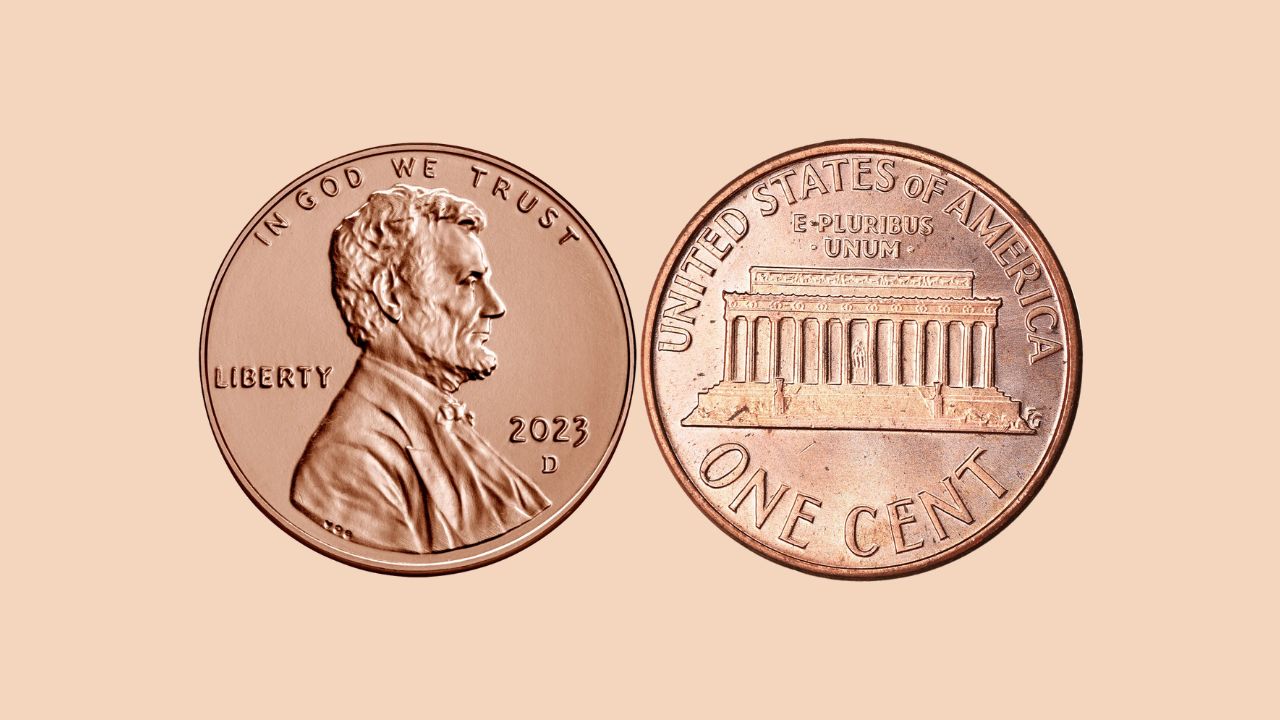The United States is preparing to bid farewell to one of its oldest and most iconic coins, the penny. After more than two centuries in circulation, the federal government has announced plans to officially cease the production of new one-cent coins by early 2026. This decision is driven by economic logic and reflects a shift in public behavior regarding cash transactions and coin usage.
As the penny gradually exits circulation, this change marks not only a monetary adjustment but also the symbolic end of a 230-year-old tradition.
Rising Production Costs Prompt Decision
The primary reason behind the discontinuation of penny production lies in its cost. Each one-cent coin now costs nearly four cents to produce and distribute, resulting in millions of dollars in losses annually. With the government losing an estimated $56 million or more each year, continuing to mint the penny is no longer economically sustainable.
These high costs stem from materials, manufacturing, labor, and transportation, making the coin one of the least efficient components of the U.S. currency system.
Phase-Out Timeline and Legal Tender Status
The U.S. Mint placed its final order for penny blanks in May 2025. Once this inventory is used up, the mint will officially stop producing one-cent coins. This is expected to occur sometime in early 2026.
Even though new pennies will no longer be minted, existing coins will remain legal tender. Americans can continue to use pennies for payments, and businesses will still be able to accept them. However, over time, as coins are lost or removed from circulation, the penny will gradually disappear from daily transactions.
Why the Penny Is No Longer Practical
There are currently over 114 billion pennies in circulation across the United States. However, many of them are not in active use and are instead stored in drawers, jars, and containers. Pennies are often considered more of a nuisance than a convenience, adding time to transactions and clutter to wallets.
Additionally, studies have shown that large volumes of loose change, often discarded or ignored, go unspent. It is estimated that millions of dollars in coins, including pennies, are lost or thrown away each year.
Transitioning to a Penny-Free Economy
To ease the transition, businesses will begin rounding cash-only transactions to the nearest five cents. For example:
- Totals ending in 1 or 2 cents will be rounded down to 0.
- Totals ending in 3 or 4 cents will be rounded up to 5.
- Totals ending in 6 or 7 cents will be rounded down to 5.
- Totals ending in 8 or 9 cents will be rounded up to 10.
Importantly, this rounding will only apply to cash payments. Electronic transactions, including credit card, debit card, and digital wallet payments, will still be charged to the exact cent.
Legislative and Public Support
Support for discontinuing the penny has grown over the years. Lawmakers have introduced legislation in both the Senate and the House, such as the “Make Sense Not Cents Act” and the “Common Cents Act,” aimed at simplifying currency systems and saving taxpayer money.
Many Americans support the change, citing convenience and the opportunity to reduce government waste. However, some advocacy groups and industry representatives—particularly those tied to zinc production—have voiced concerns about the impact on consumers and tradition.
Arguments for and Against the Phase-Out
Supporters Emphasize:
- Significant cost savings for the government.
- Smoother, faster transactions at retail counters.
- Alignment with practices in other developed countries.
Opponents Raise Concerns About:
- The penny’s role in charitable causes and fundraising events.
- Sentimental and historical value.
- The potential impact of rounding on consumer pricing.
Despite these differing views, research has shown that rounding systems in other countries have had minimal impact on prices or inflation, especially when symmetrical rounding rules are applied.
A Global Trend
The U.S. is not the first country to phase out its smallest denomination coin. Nations like Canada, Australia, and New Zealand have already removed their one-cent coins from circulation. These countries now round cash transactions to the nearest five cents, with minimal disruption to consumer behavior or economic stability.
The United States now joins this global shift toward more practical and cost-efficient currency systems.
What Consumers Should Expect
As the transition unfolds, here are some things consumers and businesses should keep in mind:
- Pennies will still be accepted until they naturally leave circulation.
- Retailers will adopt standard rounding practices for cash payments.
- Collectors may see the final production run of pennies as historically significant.
- Those using digital payment methods will not be affected by rounding.
Businesses, banks, and consumers are encouraged to educate themselves about rounding rules and prepare for a gradual shift in how change is handled.
The End of an Era
The end of penny production in the United States represents both a practical decision and a symbolic change. As economic realities shift and consumer habits evolve, retiring the penny makes way for a more modern, streamlined currency system. While the coin will remain a part of American history, its presence in everyday transactions will soon fade.
For now, the penny still holds value—both financial and nostalgic—but its chapter in U.S. coinage is drawing to a close. This reform marks a thoughtful step toward future-focused monetary policy.







